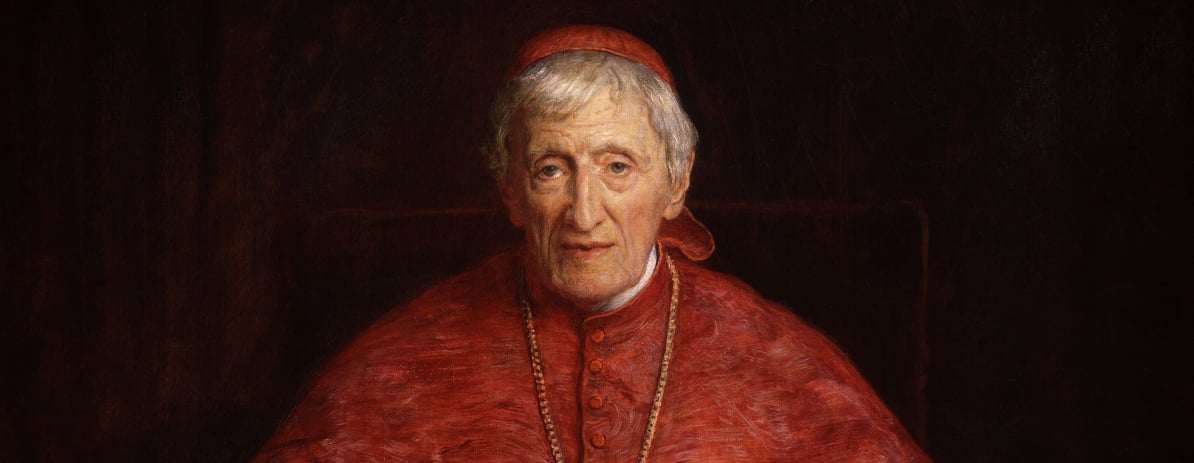If you have been an Anglican in North America for more than a decade or two, there is an experience you have almost certainly had. You have known someone who got up one day and jumped into the Tiber River. In fact, you may know many people who did that. The departures to the Roman Catholic Church are especially pronounced among the young, the highly educated, and those who came to Anglicanism as disaffected evangelicals. But by no means are these the only groups. Just in the last few months there have been high-profile conversions of older leaders in the conservative Anglican world, including a prominent rector of one of the largest parishes in the Anglican Church in North America (ACNA).[1]
Login to read more
Sign in or create a free account to access Subscriber-only content.
